So for my very first blog post I have decided to tell you how Winterthur got its start, and for that we have to go back to the year 1801, and yes... to gunpowder and sheep. Eleuthère Irénée du Pont (Irénée) was not only founder of the gunpowder manufacturing firm E.I. du Pont de Nemours and Company and patriarch of what would become one of the most rich and powerful families in Delaware, but he was also a lover of Merino sheep! In 1801, shortly after arriving in the United States with his family, Irénée had a purebred Merino ram, venerably named Don Pedro, brought over from France. A fun sidebar story that Jeff Groff, our Estate Historian, told me is that among the group of rams brought over to America (of which only Don Pedro survived), some were bound for Thomas Jefferson’s home at Monticello. Did you know that Jefferson was an avid ovine enthusiast??? In fact, upon Don Pedro's death in 1811, Thomas Jefferson himself sent a letter of condolence to the du Ponts. Don Pedro was later immortalized in sculpture by Irénée’s brother-in-law who used his actual horns to achieve true likeness. You can go see this homage at Hagley today. And you can see real sheep at Winterthur as part of a collaboration with Greenbank Mills. Back to Winterthur. When Irénée dies suddenly in 1834, parcels of his land, including the original "Merino Farm" (now Martin Farm), are purchased by his son-in-law, James Antoine Bidermann (Antoine). It is on this 450 acres that Antoine and his wife Evelina build a modest home along Clenny run, calling it Winterthur after the Bidermann's home town in Switzerland. This modest home would in time become transformed into the cultural icon as we know it today.
0 Comments
Leave a Reply. |
AuthorLauren, lover of objects. Archives
February 2017
Categories |
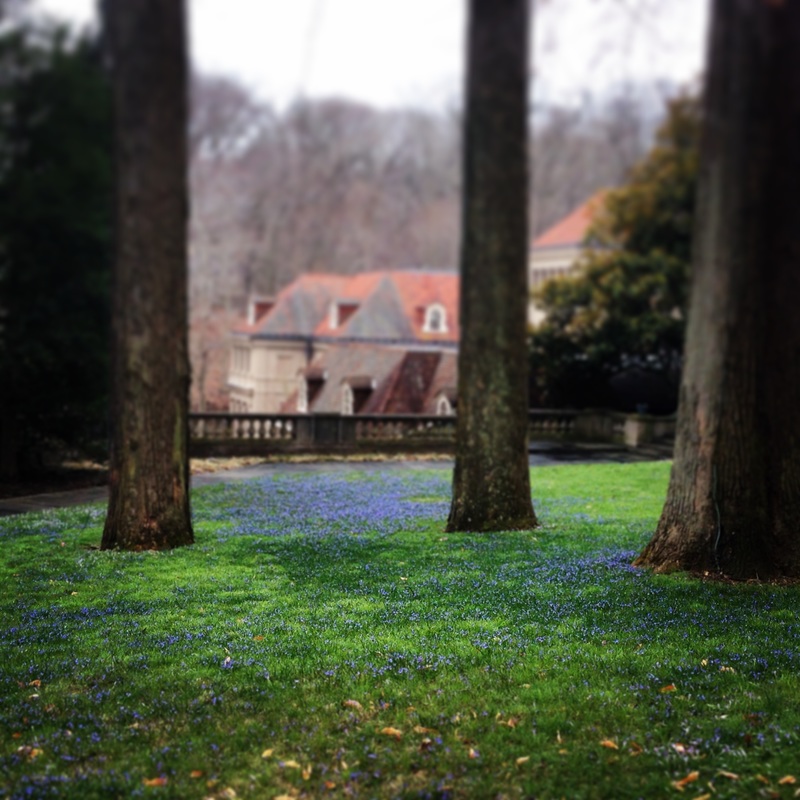
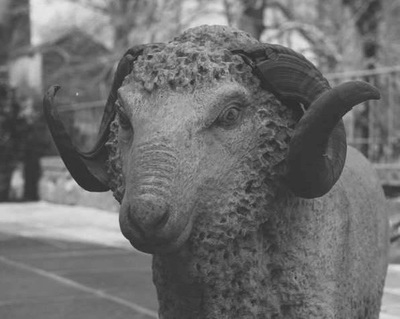
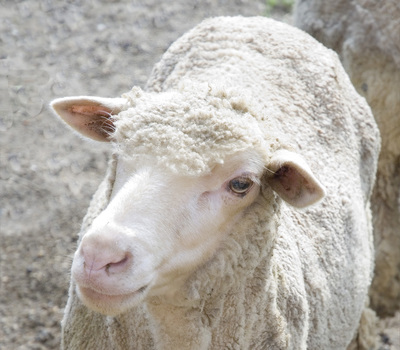
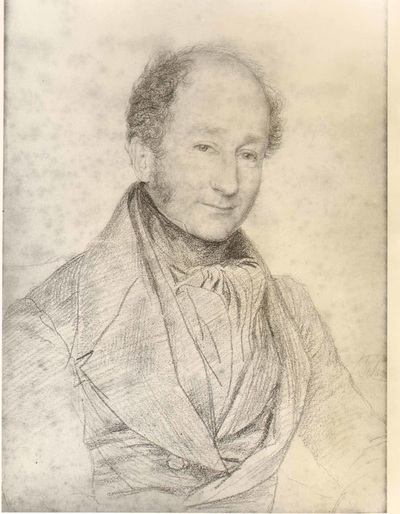
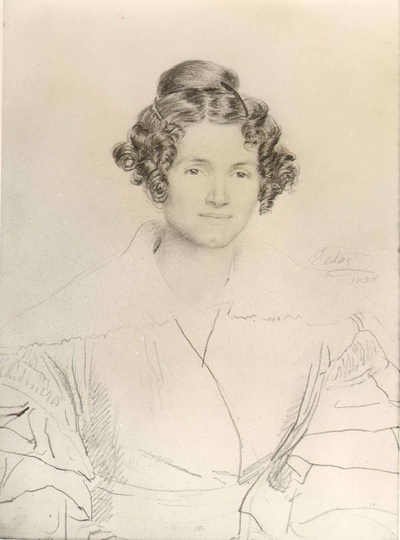
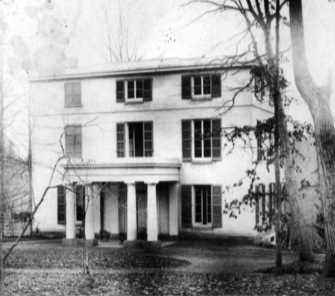
 RSS Feed
RSS Feed